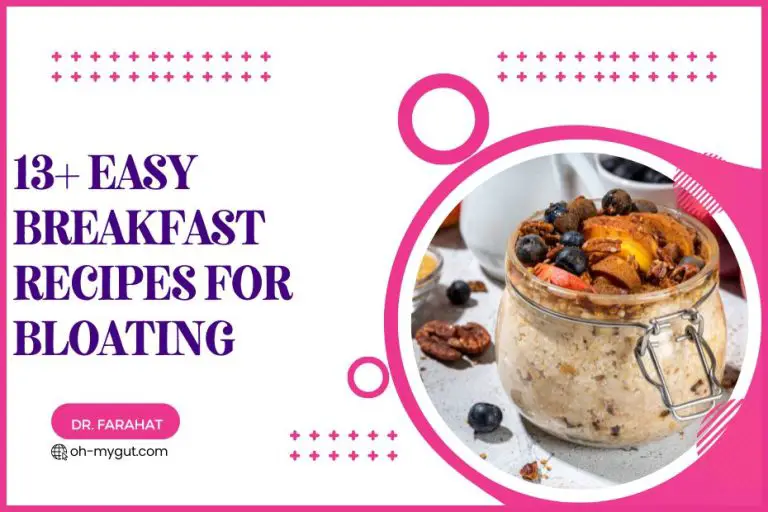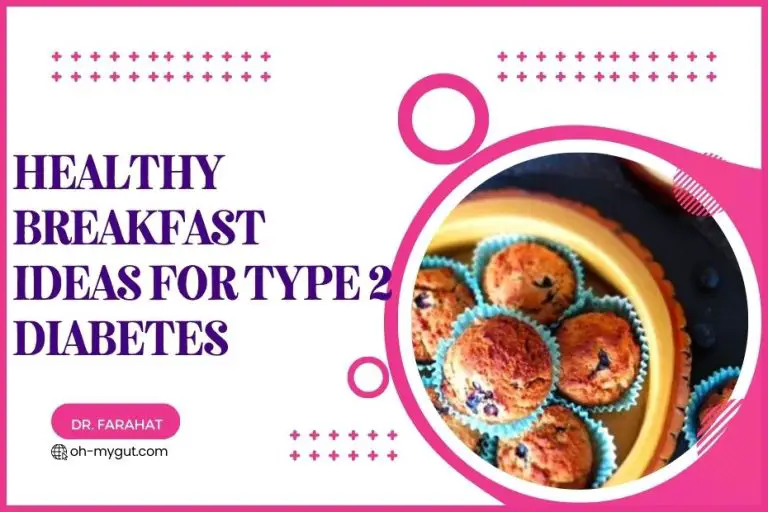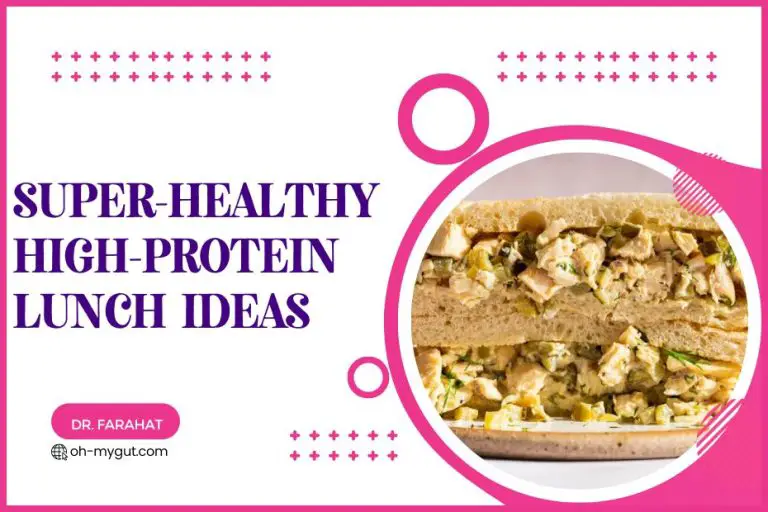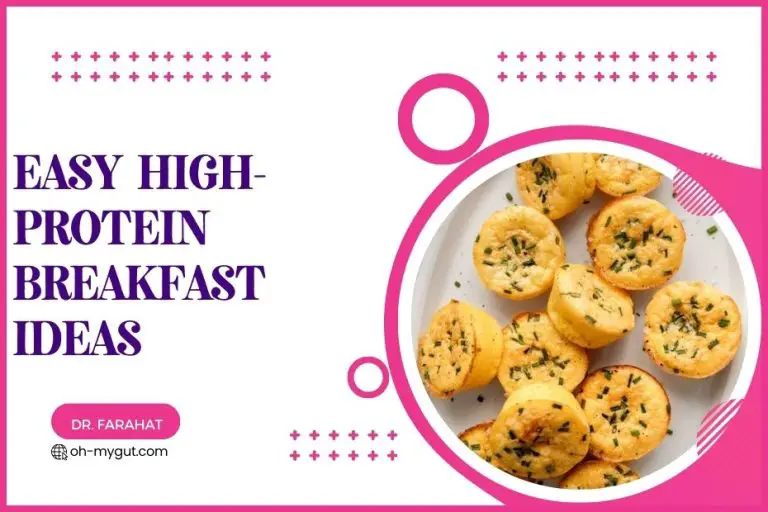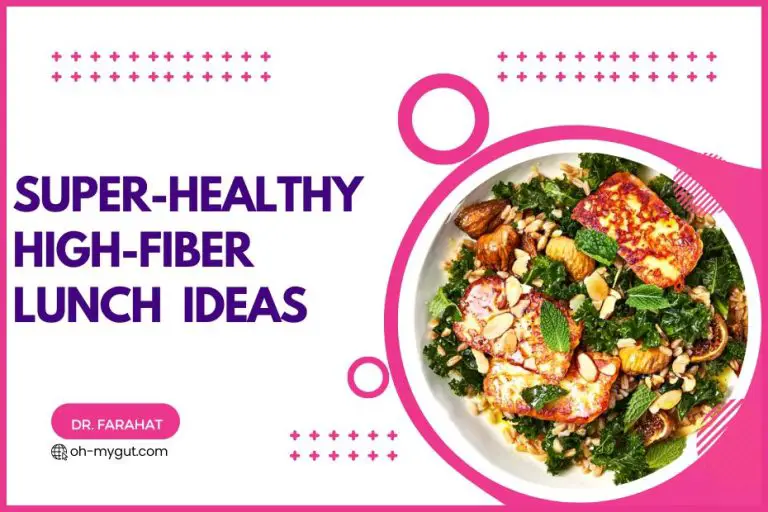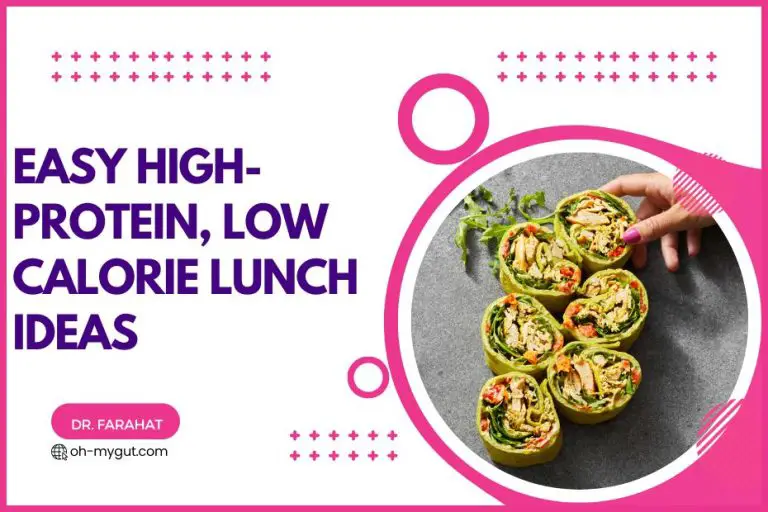7 Foods to Avoid With High Cholesterol & Heart Diseases (Doctor Explains)
Our content is not intended nor recommended as a substitute for medical advice by your doctor. Use for informational purposes only.
Hello everyone! 11.3% of U.S. adults have high cholesterol in their blood. Higher cholesterol and body fats gradually build up and cause or are involved in many diseases such as hypertension, heart disease, brain strokes, etc. So, you must start understanding what you eat to prevent cholesterol build-up.
I am Dr. Farahat, and in this guide, I will provide you with evidence-based foods to limit/completely avoid if you have high cholesterol or want to prevent higher cholesterol levels, particularly if you are over 40 years old.
1. Saturated Fats
Understanding saturated fats can change how you view your meals. They are fats with no double bonds in their molecules and tend to solidify when cool. Some parts of this explanation might sound technical, but the idea is to help you grasp why these fats can be an issue.
Saturated fats are present in many everyday foods and are known for their tendency to raise LDL cholesterol levels. The topic is frequently discussed in nutritional studies, though not every study uses the same language.
Common Examples:
- Animal Fats:
- Butter
- Lard
- Fatty cuts of red meat (think of a ribeye steak)
- Plant Sources:
- Coconut oil
- Palm oil
Scientific reviews indicate that cutting back on saturated fats by about 5% of your overall energy intake might reduce your cardiovascular risk by around 17% (reference). The evidence is strong enough that guidelines suggest you maintain saturated fats at under 7%–10% of daily calories. A 2,000-calorie diet generally translates to roughly 15–22 grams of these fats per day. Some advice is given in active terms, while other parts are stated in a more measured tone.
What Should You Do?
You might decide to limit your consumption instead of removing these fats altogether. Many diets are adjusted gradually, and it is often advised that you simply reduce rather than eliminate these fats completely.
Healthier Alternatives
- Unsaturated Fats:
- Olive oil, avocado oil, or canola oil can be used as cooking fats.
- Nuts and seeds like almonds, walnuts, or flaxseeds are excellent choices.
- Lean Protein Sources:
- Lean poultry, fish, or plant-based proteins are usually better for you than high-fat red meats.
2. Trans Fats
Trans fats are widely recognized as a major contributor to unhealthy cholesterol levels. They are often generated by a process that transforms liquid oils into more solid forms, making them common in many processed foods.
What Are Trans Fats?
In many products, trans fats are produced by hydrogenation, though small amounts occur naturally in some animal products. They are known for their detrimental effects on cholesterol.
Common Examples:
- Processed Foods:
- Commercial baked goods like cookies, cakes, and pastries
- Packaged snacks such as chips and crackers
- Fried Foods:
- Items from fast food establishments like fried chicken and french fries
- Margarines and Shortenings:
- Products that use partially hydrogenated vegetable oils
What Should You Do?
It is suggested that trans fats be completely removed from your diet. In many cases, both scientific and regulatory advice is that no trans fats should be consumed, given their harmful nature.
Healthier Alternatives
- Natural Fats:
- Replacing processed fats with natural oils such as olive or canola oil is a solid move.
- Homemade Snacks:
- When you make your own baked goods, you can control the fats used, thereby avoiding trans fats altogether.
3. Red Meat and Processed Meats
The role of red meat in a high-cholesterol diet is often debated, yet there’s a clear consensus that some caution is warranted (reference). Red meat and processed meats are frequently linked with higher risks of heart disease.
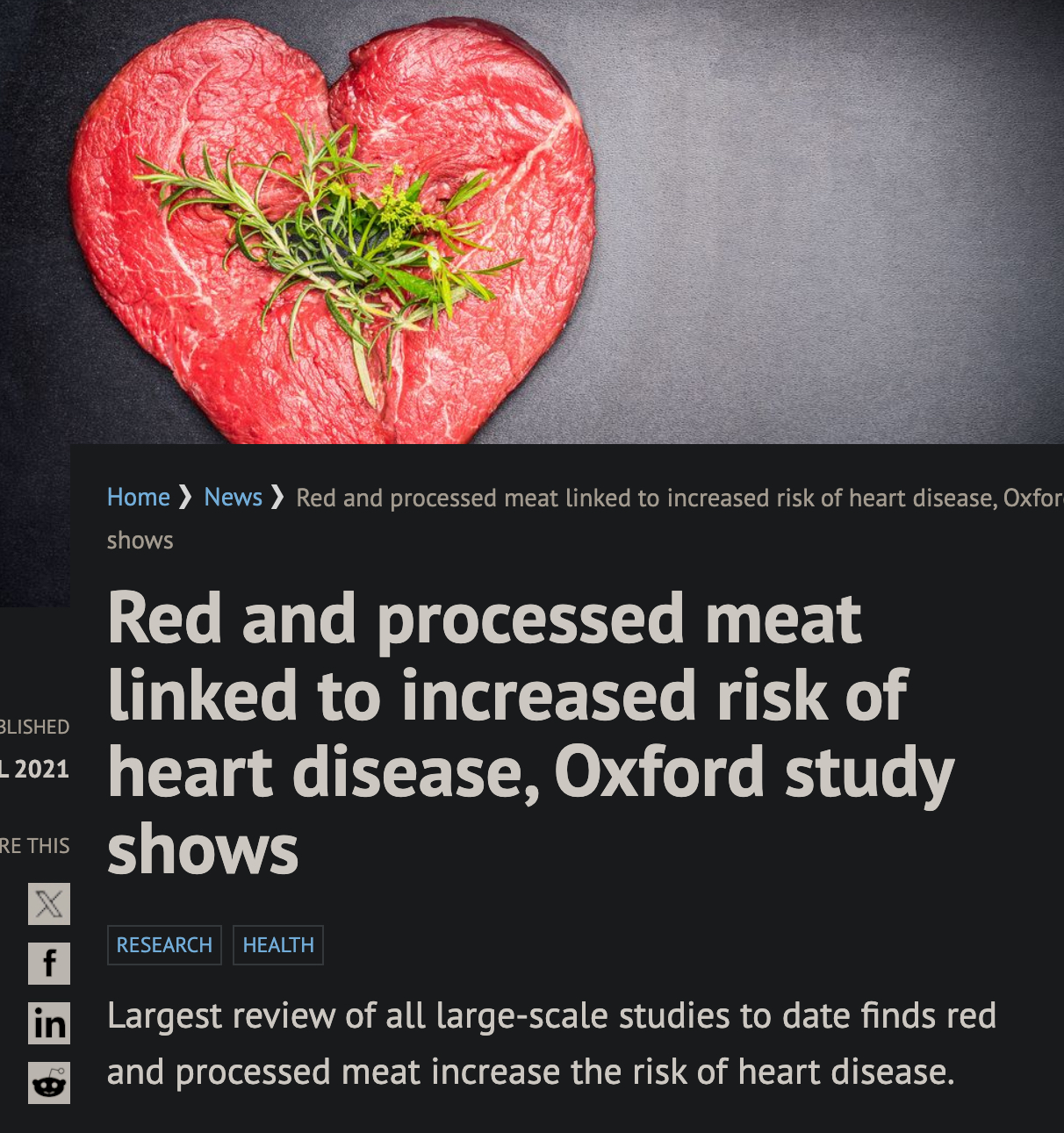
What Are Red and Processed Meats?
Red meat is obtained from mammals, and processed meats are those that have undergone curing, smoking, or added preservatives. Different cooking methods and preparation styles can also influence their health impacts.
Common Examples:
- Red Meat:
- Beef (such as steaks and burgers)
- Lamb
- Pork (certain fattier cuts)
- Processed Meats:
- Bacon
- Sausages
- Hot dogs
- Salami
Research suggests that consuming processed meats might elevate the risk of coronary issues by up to 42% (). Even moderate consumption of red meat can increase cardiovascular risk by roughly 13% for each additional 100 grams eaten daily. The research is communicated both in direct active advice and a more observational tone in other parts of the literature.
What Should You Do?
Limiting your intake is often seen as the best approach. It might be wise to confine red meat to one or two servings per week and to avoid processed meats as much as possible. The approach is both prescriptive and reflective, letting you gauge your habits.
Healthier Alternatives
- Lean Proteins:
- Skinless poultry, fish, and legumes are viable replacements.
- Plant-Based Proteins:
- Alternatives like tofu, tempeh, and beans offer protein and fiber without the added risks.
4. Full-Fat Dairy Products
While many of us enjoy dairy as a staple in our diet, full-fat dairy can increase the amount of saturated fat you consume, which in turn affects cholesterol levels. Some experts believe that switching to a lower-fat version can make a significant difference (reference).
What Are Full-Fat Dairy Products?
Full-fat dairy includes items where the fat is not removed or reduced. These products naturally contain higher amounts of saturated fats and are often seen as less ideal for someone with high cholesterol.
Common Examples:
- Milk:
- Whole milk
- Cheese:
- Varieties like cheddar, brie, and blue cheese
- Cream and Butter:
- Heavy cream, sour cream, butter
- Yogurt:
- Full-fat versions are widely available
What Should You Do?
You can consider reducing full-fat dairy rather than scrapping dairy entirely. Using lower-fat versions on a regular basis, instead of indulging every day in full-fat items, could be beneficial for managing cholesterol.
Healthier Alternatives
- Low-Fat Dairy:
- Skim milk, low-fat cheese, and yogurt are better options.
- Plant-Based Options:
- Alternatives such as almond, soy, or oat milk are often fortified with essential nutrients like calcium and vitamin D.
5. Fried Foods and Certain Baked Goods
Not all foods that come out of a deep fryer or an oven are friendly to your cholesterol levels. Some popular treats and fast foods can carry a hidden cost when it comes to heart health.
Fried foods have an increased fat content due to the oil used in frying, while many baked goods are loaded with saturated and sometimes trans fats from the ingredients they use.
Common Examples:
- Fried Foods:
- Fried chicken, french fries, onion rings
- Baked Goods:
- Donuts
- Pastries
- Cakes and cookies prepared with hydrogenated oils
What Should You Do?
Avoiding fried foods is highly recommended, and baked goods should be seen as an occasional treat rather than a regular part of your diet. The advice blends a direct command with softer recommendations based on personal choice.
Healthier Alternatives
- Cooking Methods:
- Methods like baking, grilling, steaming, or even sautéing are much gentler on your heart.
- Homemade Versions:
- If you’re into baking, try making your own treats using whole grains and healthier fats so you know exactly what’s going into them.
6. Egg Yolks
Eggs are versatile and widely loved, but if you’re keeping an eye on cholesterol, egg yolks require a bit of caution. The information around eggs has evolved over time, with varying opinions presented in both scientific and casual discussions.
What Are Egg Yolks?
Egg yolks are the nutrient-dense part of the egg that contains the bulk of its cholesterol. While the egg white is protein-packed without the extra fat, the yolk carries most of the fat and cholesterol.
Common Examples:
- Egg Products:
- Whole eggs
- Recipes that feature egg yolks, like certain custards or sauces
Some studies suggest that while dietary cholesterol from eggs might not be a major factor for everyone, individuals with high cholesterol or predispositions might benefit from moderating their intake. Research has noted that consuming egg yolks in excess can be linked to a hazard ratio of about 1.2 for cardiovascular events ().
What Should You Do?
It might be best to limit how many egg yolks you use. While completely avoiding eggs isn’t necessary, shifting the balance toward egg whites or using substitutes can be a smart move.
Healthier Alternatives
- Egg Whites:
- Using egg whites allows you to enjoy the protein without the excess cholesterol.
- Cholesterol-Free Egg Substitutes:
- These are a handy option for those who still want the texture and flavor in recipes.
7. Certain Shellfish and Organ Meats
Shellfish and organ meats have a unique place in culinary traditions, yet their cholesterol content can be tricky if you’re concerned about your lipid levels. Here, a mix of practical advice and scientific findings are presented.
What Are Shellfish and Organ Meats?
Shellfish like shrimp and lobster and organ meats such as liver offer rich flavors and nutrients. However, they are also known for having high levels of cholesterol, and research suggests that their effects may vary depending on individual sensitivity.
Common Examples:
- Shellfish:
- Shrimp
- Lobster
- Crab
- Organ Meats:
- Liver
- Kidneys
- Sweetbreads
A review in a nutritional journal indicated that, despite the relatively low saturated fat content in shellfish, their cholesterol levels can be problematic for sensitive people. Some studies have shown that regular intake of organ meats might be linked with an increase in LDL cholesterol by about 10–15%. However, reputable studies indicate that moderate consumption of shellfish does not negatively impact cholesterol levels and can be part of a balanced, heart-healthy diet. Their low saturated fat content and richness in beneficial nutrients make them a valuable dietary choice.
What Should You Do?
It is wise to treat these foods as occasional indulgences. Regular consumption might not be ideal, so keeping them to infrequent use—say, once a week or less—can be a balanced approach.
Healthier Alternatives
- Lean Meats:
- When protein is needed, lean cuts of poultry or fish are generally preferable.
- Plant Proteins:
- Legumes and other plant-based proteins provide a nutritious alternative without the high cholesterol content.
Final Thoughts
Taking control of your diet when dealing with high cholesterol doesn’t have to be overwhelming. This guide has aimed to offer a blend of scientific insight and down-to-earth advice that helps you see your food choices in a new light. The data presented here is based on thorough research, yet the choice of how to apply it can be as personal as it is informed by science.
You may find that small adjustments—like switching from butter to olive oil, choosing lean meats over processed options, or opting for egg whites instead of yolks—can lead to tangible improvements over time. Some parts of this discussion might seem a bit technical, while others are more relaxed; the goal is to give you a comprehensive picture from different angles.
- Evidence-based
- Written by a doctor.

Related Posts:
- 6 Worst Foods To Avoid With Hypertension (Doctor Explains)
- Worst Foods To Avoid If Prediabetic (Doctor Explains)
- 11 Evidence-Based Foods To Lower Cholesterol Levels…
- 10 Powerful Foods Proven to Lower Cholesterol…
- 9 Scientifically Proven Foods to Enhance Your Gut…
- 8 Tips To Avoid Vomiting & Nausea During Colonoscopy…
